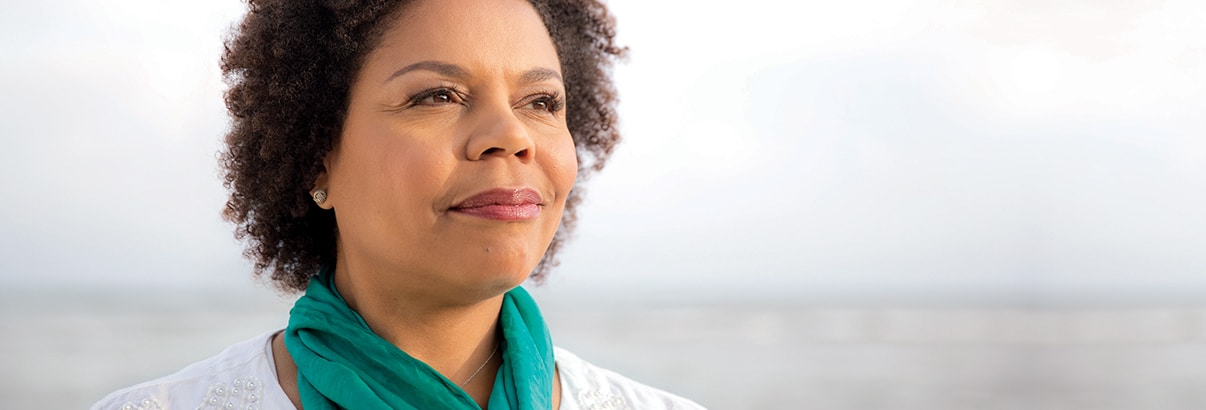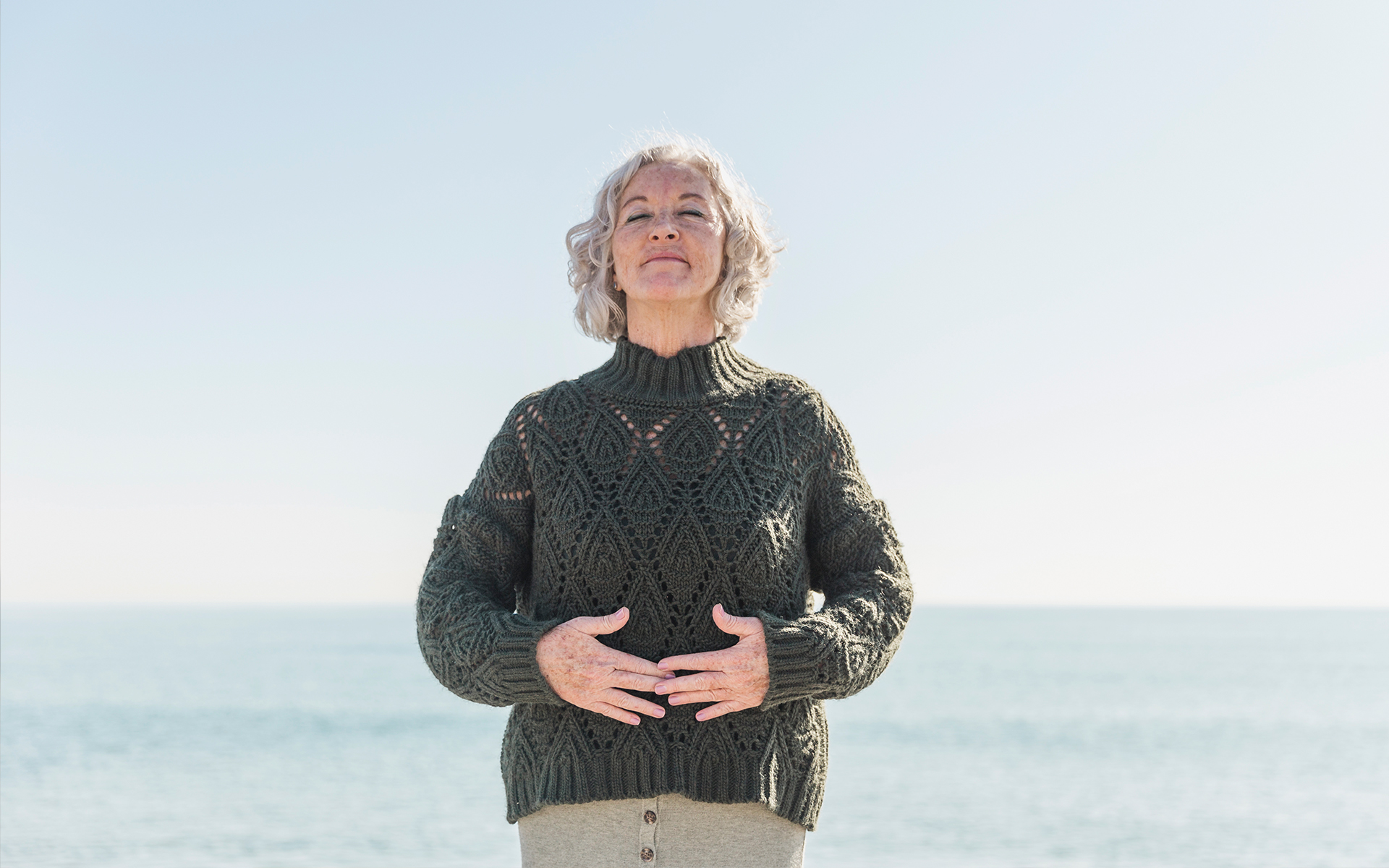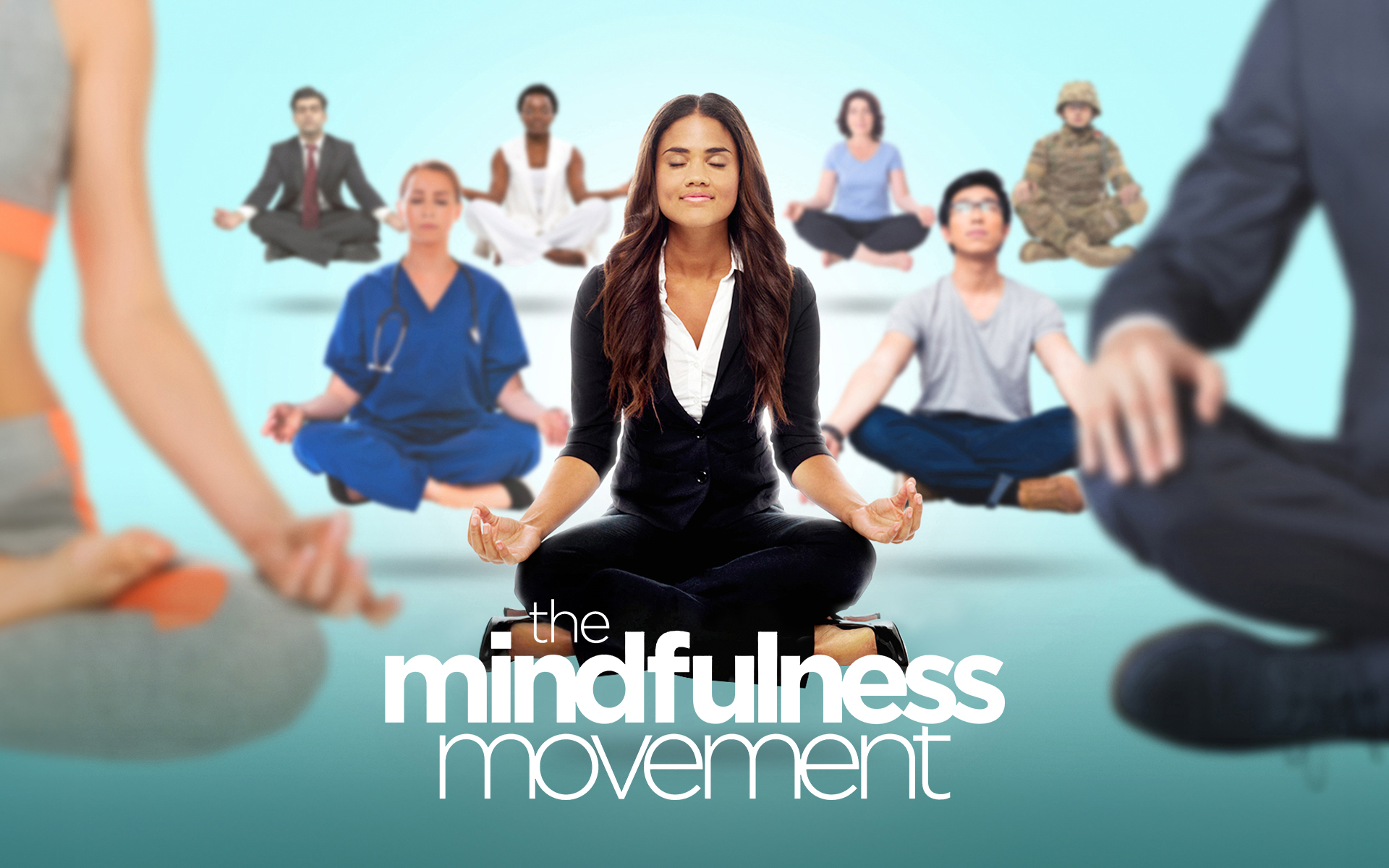Interview by Victoria Dawnson
The art of Melissa Sutor’s life, like the art of meditation, lies in the action of beginning again. And again. Born to a teenage single mother in rural Alabama, she became the first person in her family to graduate from college. At the University of Notre Dame, in Indiana, she was the first African-American in the graduate program for computer science and engineering and was on track to earn her PhD before she recognized a fundamental mismatch. Sutor set out for California, with its promise of Silicon Valley and progressive values. However, the tech field left her spiritually parched. She and her husband planned a grand exit strategy: a trip around the world. After traveling together for eight months, they agreed to end the marriage. Sutor continued her travels solo for over a year, connecting with other travelers and learning from locals.
Today, Sutor is remarried and works both in California and in Maui, Hawaii, where she lives. Equipped with a master’s degree in counseling psychology and formal training in Mindfulness-Based Stress Reduction (MBSR), Sutor founded the Dragonfly Healing Center in Maui. There, she teaches MBSR classes, leads retreats for women in tech and science, and does consultation, working at the intersection of mindfulness, technology, and social good.
When you recall your childhood in Alabama, do you see sources for your eventual embrace of mindfulness?
During my formal study of mindfulness, I was reading about and practicing attentive listening. I found myself reflecting on my grandma. One of her favorite things was to sit on the porch, looking out at the trees. My sister and I would sit with her. We’d listen to the crickets and the birds and the wind in the trees, and it was beautiful to just connect with myself, with nature, and with my sister and grandmother. We were practicing just being. Come to find out, years later—wow!—that’s mindfulness. Another foundational piece, also from my grandma, was the practice of gratitude. Every morning, when she woke up, she would speak gratitude: “Thank you, Jesus, for another beautiful day.” It didn’t matter if it was storming or raining outside, she would give gratitude for the gift of another day.
From Alabama to Hawaii, from the Southern Baptist church to mindfulness meditation? What pushed you so far from home?
[Laughs] Oh, my goodness! I learned some wonderful things from religion, but there were things that, oh, kept me in a place of fear and disempowerment. I remember a big, big billboard on the side of the highway. It had a red devil holding a pitchfork: “Go to church or the devil’s going to get you.” When I started to make decisions for myself, to experiment with figuring out who I was, what I liked, and what I wanted to do, it was scary. There were times when I was walking around just waiting to get struck by lightning, because I thought I had made God angry.
Leaving home and then returning from college and graduate school must have been almost as hard as staying.
When I came home for holidays, they’d start waving the Bible, telling me how much of a devil I was, but, oh, they loved me and they didn’t want me to burn in hell. My goodness, this onslaught of being told that you’re not right, you’re not good enough, you’re not living your life right, was hard to bear.
When did you start to be curious about other ways of living?
When we were teenagers, my sister was diagnosed with cancer. Accompanying her to the hospital was an awakening for me. We would go to the Children’s Hospital in Birmingham, for her treatment, and I found myself surrounded by children who were different. Catholic. Jewish. Other Christian denominations. They were different, but it was so clear to me that we are all connected. That experience broke down a lot of barriers. It drove my curiosity about other beliefs. I wanted to understand other people and their experiences. That was life changing.
Each time we returned to the hospital for my sister’s treatment—sometimes after only a week—a child had died. I saw that they were doing their best to live in the moment, because many knew that their moments were so limited. So, I developed a deep sense of responsibility to live my life to the fullest—to appreciate and be grateful for the time given to me.
Eventually, life led you to graduate school. You were heading toward a doctorate. What happened?
Yeah, I was supposedly going to be at Notre Dame for many, many years, getting a PhD, then doing research, and probably becoming a professor. Along the way, I heard my authentic self calling, “What do you really want to do?” I was interested in how we could harness this powerful technology that is changing the world and use it for good. My work resulted in a pioneering human–computer interaction application to allow physically disabled students greater access to higher education. But at the time, the mid-1990s, the focus was on how to make computers faster. And while there were many positive things about Notre Dame, it wasn’t diverse. As an undergraduate, I had attended Alabama A&M, a historically Black university where I was nurtured and with many people, like me, who had grown up poor and Black in the rural South. Stepping out of your comfort zone—being a trailblazer—is a great way to grow, but I felt isolated and experienced a lot of unconscious bias. Even later in life, hurtful unconscious bias was everywhere I went.
Can you give me an example?
Because I’m Black and tall, people would assume that I was at Notre Dame on an athletic scholarship to play basketball. If they saw me in the engineering building, they asked, “Are you looking for the gym? Are you lost?”
That must have worn you down.
I knew that I needed a change. I thought maybe it was time to go out into the world, work, see what that’s like, and then figure out the next move.
That next move brought you to the Bay Area.
I took a job working for Lockheed Martin. But again, though in a different way, I found myself isolated. For most of the day, I was in a windowless building, in a cubicle, in front of the computer. I am a people person, but I’d have to wait until lunch to pop over to someone’s cubicle and talk. I became a team leader, and that got me out and about. For most of the day, though, I was still in front of a computer screen. It was draining.
Eventually you and your first husband decided to travel.
Southeast Asia, Australia, New Zealand, India, Egypt… There was something about that time, having an extreme way of present-moment living and complete freedom. I loved it. I made a point to meet local people. They’d invite me into their homes, and we’d have a real, true experience of connecting, heart to heart. It was transformative.
And yet, when your travels ended, you initially returned to the tech world. Why?
That inner critic that we talk about in mindfulness was saying, “You spent all this time getting these degrees and you have this work experience and now you need to live and make money.” In my family, there wasn’t a huge emphasis on education. So, to have spent all of this time and energy educating myself, well, they assume—as many people do—that you really only do that if you’re going to end up making a lot of money. Otherwise, what’s the point? And I thought, “Maybe I can make it work—go back into the corporate world, take care of myself, and be of service.”
I took a job with a startup, and before long I had no time for volunteer work or community service. My life was out of balance. A long commute, a 12-hour day, coming home exhausted, and doing the same thing over and over. We were working six days a week, sometimes seven. I remember feeling pretty ill. I thought, “I need to step back.” And right when I was realizing this, an engineer on my team was hospitalized with extremely high blood pressure. The next day, he was back at work. The CEO, he reported, had called him at the hospital: “You’ve got to get back to work. Let’s get this done.” That was a defining moment for me. I decided that I needed to be somewhere different or to do something different. Nothing was aligning with who I was and how I wanted to be. Shortly after I left, another colleague phoned me: The engineer had had a heart attack and died.
Wow, that must have been devastating.
Yes! My colleague still very much identified with being an engineer. It was so much a part of who he was that he didn’t see another way. Needing to be recognized and told, “Hey, that was a great job,” or needing to be a part of a community where everyone is working toward a common goal—those are basic human needs, but they can drive us to the point of overexertion and even death.
I was very lost and confused. I needed to figure things out, to get away and heal. That’s when I moved to Hawaii.
Now, many choices later, you are still connected to the corporate world of tech and science, but from the vantage point of mindfulness, right?
I am helping people to stay in their corporate careers in a way that is balanced and healthy. I work with companies and groups in the technology and science sector, consulting on retreats, helping people who are driven and accomplished—and creating solutions that are changing the world—to integrate balance and wellness into their ambitious lives.
Of course, most people can’t upend their lives with a year of travel or a dramatic career shift.
Sometimes it’s not about taking ourselves out of a place. What I teach is how to use the practice of mindfulness as a support for being in peace in the place where we are. Mindfulness can create a space where we can see options and possibilities. There are ways to change. Little tweaks can make a big difference. Part of the mindfulness work I do is to help people to set a clear happiness plan.
What do you mean by “happiness plan”?
The process is unique for each person. It includes setting intentions, aligning yourself with peace, creating conscious choices, and learning that authenticity equals happiness. When we connect truthfully with ourselves, get clear on what our purpose is, and take action according to these truths, we become free and sustainably happy. That said, I also believe we need radical changes in corporate culture that put the “human” into human beings: three- or four-day work weeks, shorter work days, a month of vacation each year, comprehensive holistic wellness plans.
And now, you are—?
Joyful! Off the chart!
You laugh a lot, don’t you?
I love laughter! It’s part of my happiness plan!



